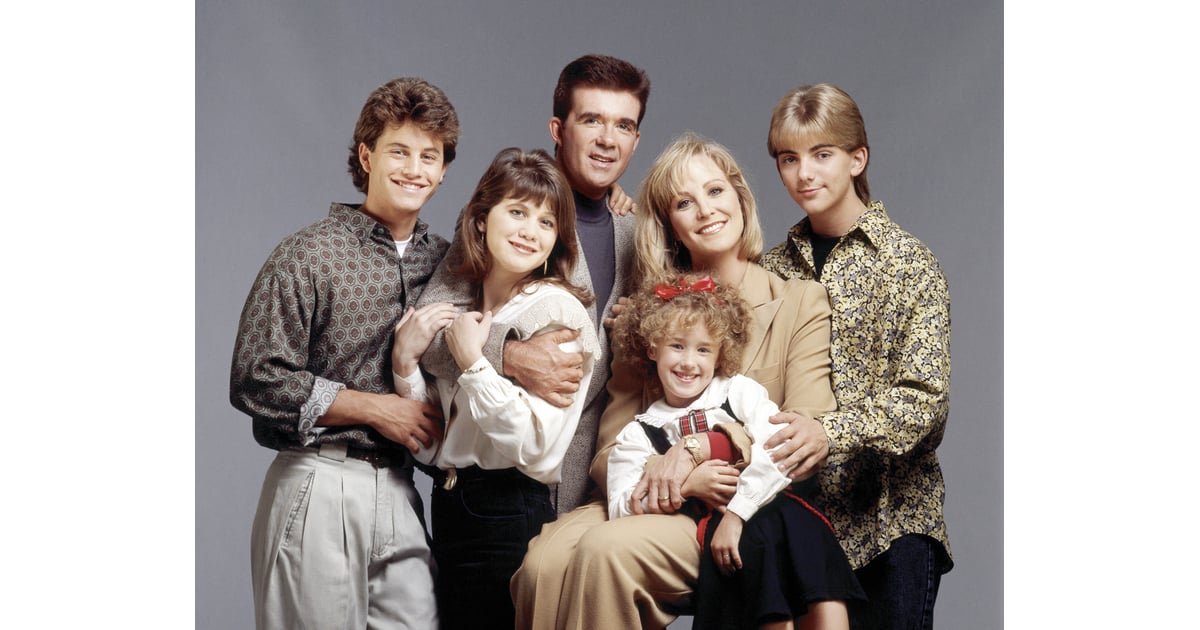Between what I saw on TV and what I learned in church--where the traditional (i.e. Cold War-era suburban white heteronormative) family is held up on a pedestal--I came out of childhood sure of two things:
- The kind of home and family life I wanted.
- That I had been unfairly deprived of said home and family life in my childhood.
This left me
- desperate to find the kind of home and family life I wanted; and
- super bitter about my childhood home and family life.
It was this desperation that led me to marry young, have three beautiful children, and work my way through three college degrees in search of a satisfying career with which to support my family. I would do anything to achieve that sitcom family lifestyle I'd been chasing since childhood. If I couldn't be raised by Ward Cleaver, then dang it, I'd become him.
About nine years in, we achieved the dream: a month before our third child was born, we bought a house in a quaint suburban neighborhood two blocks from the elementary school. We started a garden in the backyard. We even hung a family portrait over the fireplace.
 |
| It worked on Growing Pains. |
 |
| Maybe a little more Brady Bunch meets My Two Dads than Leave it to Beaver. |
My point is not to say, "Boo hoo, look how false ideals created by television and religion ruined my life." On the contrary, I would have to be blind not to recognize how lucky I am. Yes, it took a modest helping of blood, sweat, and tears to get here, but the fact that I was able to achieve this is a function of my privilege. I recently read an article about research showing that statistically, a white man raised in poverty has roughly the equivalent chance of success that a black man raised in a rich family has. And race is only one of the ways I'm privileged.
This is why representation matters. On TV, in movies, in literature, we need to see all kinds of people in all kinds of family, home, and life situations. We need people of all gender and sexual identities, we need people of all colors, we need people in various levels of economic status. In real life, there are many ways to achieve happiness; we need media that reflects this.
Also, Netflix, if you want to produce a sitcom about two gay dads who are non-custodial parents of five children living in the heart of suburban Mormon Utah, give me a call.

No comments:
Post a Comment